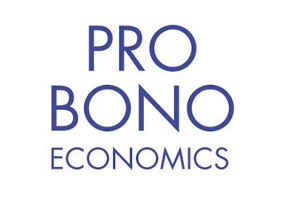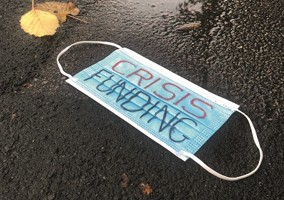Six in 10 charities were affected by staff and volunteers self-isolating in the summer, when the sector also experienced increased demand, according to a new survey.
Some 11% of respondents told the latest Covid Charity Tracker by Pro Bono Economics (PBE), in partnership with Charity Finance Group and the Chartered Institute of Fundraising, that self-isolation had a significant impact on service delivery.
The latest findings show that 37% of respondents felt more positive about their situation between April and June this year when compared to the previous three months.
Nearly 150 charities responded to the latest version of the survey.
Impact of self-isolation
Between 8 and 15 July the NHS Covid-19 app in England and Wales told more than 600,000 to self-isolate, leading to staff shortages in many industries.
PBE’s survey shows that 60% of its respondents were affected. Most (38%) reported that less than 5% of the workforce was currently self-isolating.
In terms of impact, 11% said self-isolation was having a significant impact and 41% said it was having a slight impact on the ability to deliver services.
Nearly a third said it was having an impact on the ability to fundraise.
Meanwhile, two-thirds of respondents said that demand for services had increased since April, and most are expecting demand to continue rising.
Some 37% said they expect to demand to increase in the next three months, but they are confident they have capacity to meet this demand. Whereas 40% fear demand will increase but that they don’t have the resources to cope with it.
Elsewhere three-quarters of respondents said they no longer had any staff using the furlough scheme.
Optimism
Despite the challenges, 37% of respondents felt more positive about their operating environment between April and June compared with the previous three months. A quarter (25%) felt less positive and 38% felt no change.
Anoushka Kenley, director of research and policy at Pro Bono Economics, said: “It is testament to the resilience of the sector that many organisations are looking positively to the future after such a tough period.
“But there are still a large number of charities grappling with the devastating effects of the pandemic as demand for their services continues to surge, alongside a squeeze on their resources due to 18 months of lockdowns and restrictions.”
When asked to compare income levels between April 2019 to March 2020 and April 2020 to March 2021, there is a mixed picture for donations.
Most, 37% report no overall change. While one-third report a fall in donations from the public, but 16% saw an increase. The question was not applicable to the remaining respondents.
Daniel Fluskey, head of policy and external affairs at the Chartered Institute of Fundraising, said: “Over the summer we have seen more areas of charity fundraising return which has been really welcome and positive in being able to keep up the engagement with loyal supporters. However, for many, it is a tentative return with continued uncertainty over the long-term, meaning that it is harder for charities to be able to plan with full confidence.
“We hope that the more optimistic feeling reported in this research means that organisations are able to look ahead to a successful period of fundraising where we are able to reach out to people in ways that have been restricted over the last 18 months.”
Related articles











